Course Outcomes :
CO1:Understand finite and infinite sets, Countable and Uncountable sets, Cantor’s theorem.
CO 2: Understand Roots of equations, Relations connecting the roots and coefficients of an equation,Transformation of equations, The cubic equation, Character and position of roots of an equation.
CO 3: Understand Descarte’s rule of signs, De Gua’s Rule, Limits to the roots of an equation, Rational roots of equations, Newton’s method of divisors, Symmetric functions of roots of an equation, Symmetric functions involving only the difference of the roots of f(x)=0, Equations whose roots are symmetric functions of α,β, γ.
CO4: Understand Reciprocal equations.
CO5 :Understand Cubic equation, Equation whose roots are the squares of the difference of the roots, Character of the Roots, Cardan’s Solution
CO6 :Understand Roots of complex numbers, General form of De Moivre’s theorem, the nth roots of unity, the nth roots of -1, Factors of xn-1 and xn+1, the imaginary cube roots of unity.
CO7: Understand polar form of complex numbers, powers and roots.
Syllabus :
Unit I - Finite and Infinite Sets
Finite and infinite sets, Countable sets, Uncountable sets, Cantor’s theorem (Section 1.3 of Text 1).
Unit II - Theory of equations I
Roots of equations, Relations connecting the roots and coefficients of an equation, Transformation of equations, Special cases, The cubic equation, Character and position of roots of an equation, Some general theorems, Descarte’s rule of signs, Corollaries, De Gua’s Rule, Limits to the roots of an equation, To find the rational roots of an equation, Newton’s method of divisors, Symmetric functions of roots of an equation, Symmetric functions involving only the difference of the roots of f(x) =0, Equations whose roots are symmetric functions of α, β, γ (Sections 1 to 17 in chapter VI of Text 2).
Unit III - Theory of equations II
Reciprocal equation (Proof of theorems excluded) (Section 1 in chapter XI of Text 2) The Cubic equation, Equation whose roots are the squares of the difference of the roots, Character of the Roots, Cardan’s Solution (Section 5 of chapter VI and sections 1 to 4 of chapter XI I in Text 2).
Unit IV – Complex numbers
Quick review of a complex number, equality of complex numbers, fundamental operations, zero product, geometrical representation of complex numbers, addition and subtraction, product and quotients, conjugate numbers (Sections 1 to14 in chapter V of Text 2) [Questions should not be included in the End Semester Examination from these topics for Quick review],Roots of complex numbers, General form of De Moivre’s theorem, the nthroots of unity, the nth roots of -1, Factors of xn -1 and xn +1, the imaginary cube roots of unity (Sections 15 to 20 of chapter V of Text 2). Polar form of complex numbers, powers and roots (Section 13.2 of Text 3).
Texts :
- 1. R.G. Bartle and D. R. Sherbert, Introduction to Real Analysis (4thedition), Wiley
- 2. Bernard and Child, Higher Algebra, A.I.T.B.S. Publishers
- 3. E. Kreyszig, Advanced Engineering Mathematics (10th edition), Wiley.
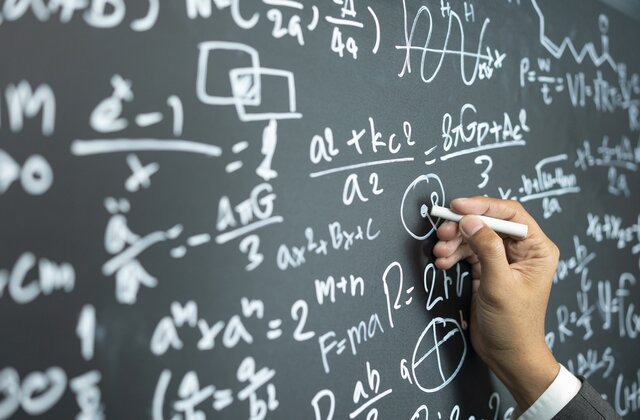
- Teacher: Ms. ASWATHI K Mathematics
5B06 MAT REAL ANALYSIS I
Course Outcomes:
CO 1: Understand algebraic properties, order properties and absolute values of ℝ.
CO 2: Understand the completeness property of ℝ and its applications to derive Archimedean property and density theorem.
CO 3: Understand intervals in the real line.
CO 4: Understand sequences and their limits, limit theorems, monotone sequences.
CO 5: Understand subsequences and the Bolzano-Weierstrass Theorem, the Cauchy Criterion.
CO 6: Understand infinite series, absolute convergence.
CO 7: Understand comparison test, root test, ratio test, integral test and Raabe’s test for absolute convergence.
CO 8: Understand alternating series test, Dirichlet’s test and Abel’s test for non absolute convergence.
CO 9: Understand continuous functions, composition of continuous functions and continuous functions on intervals.
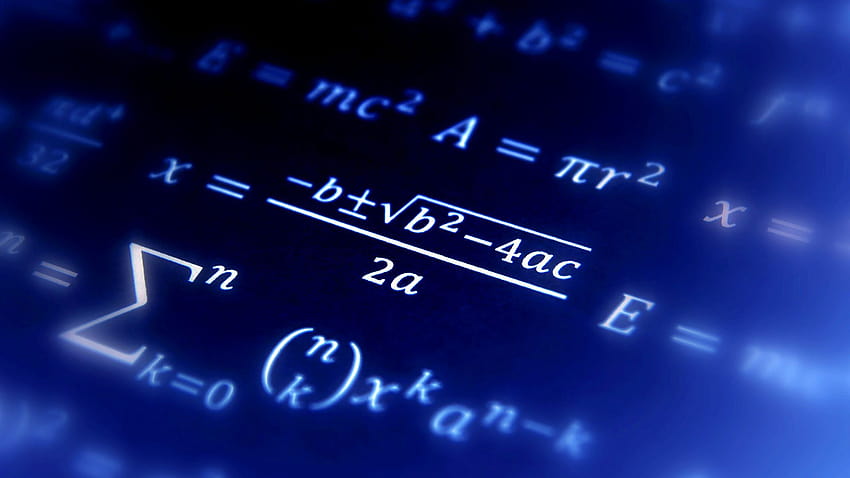
- Teacher: Mrs. SHABNA C T Mathematics
- Teacher: Ms. ASWATHI K Mathematics
5B07 MAT ABSTRACT ALGEBRA
Course Outcomes:
CO1: Understand definition and elementary properties of groups, subgroups and cyclic groups
CO2: Understand groups of permutations, orbits, alternating groups and theorem of Lagrange
CO3: Understand group homomorphisms, factor Groups
CO4: Understand fundamental homomorphism theorems
CO5: Understand definition and properties of rings and fields
CO6: Understand ring homomorphisms and isomorphisms
CO7: Understand zero divisors, integral domains, characteristic of a ring
and their properties
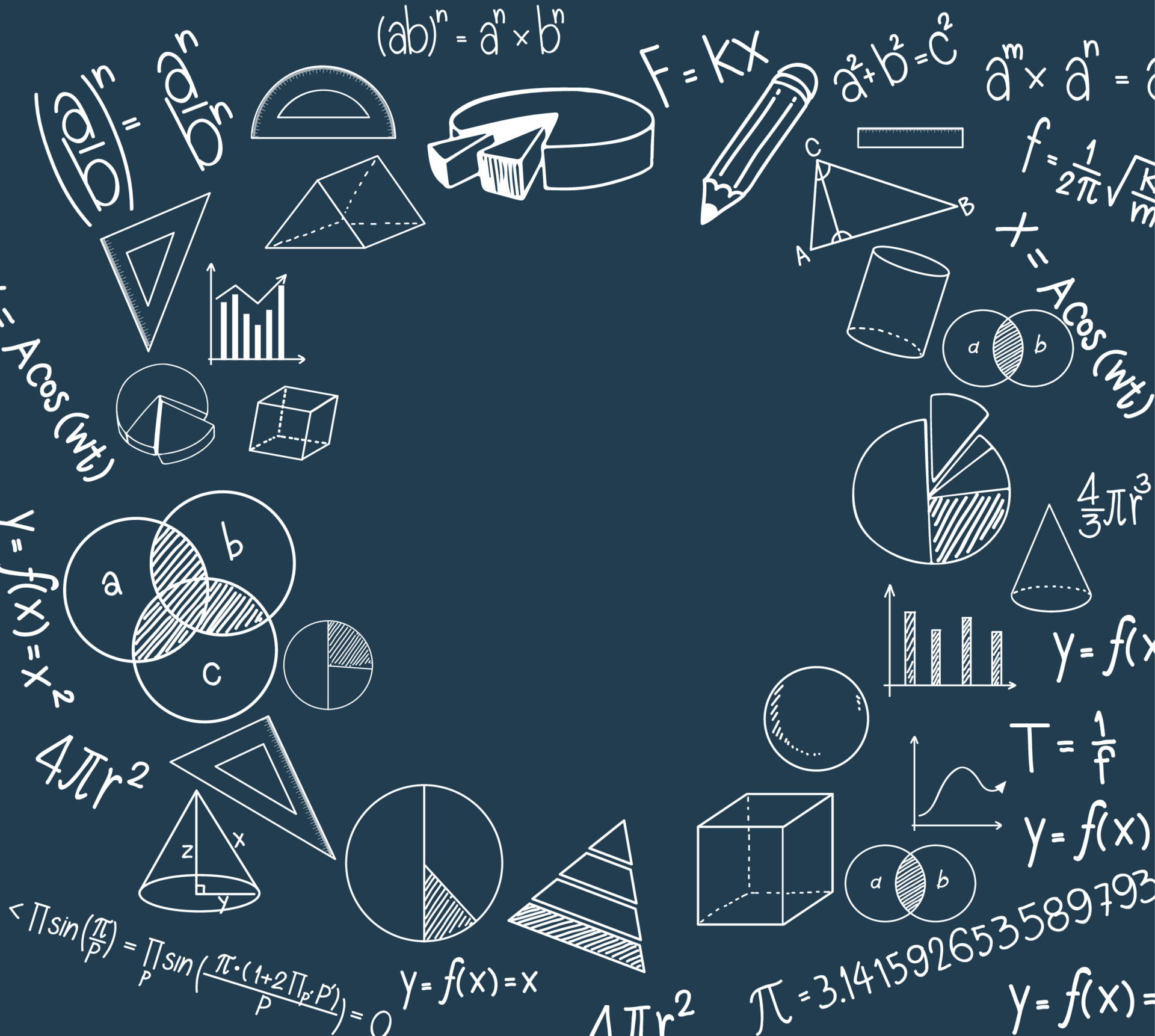
- Teacher: Mrs. RESHMA E Mathematics
- Teacher: Ms. ASWATHI K Mathematics
5B08 MAT DIFFERENTIAL EQUATIONS & LAPLACE TRANSFORMS
Course Outcomes:
CO1: Understand separable ODEs, exact ODEs, linear ODEs, Bernoulli equation and methods to solve these ODEs
CO2: Understand the theorem of existence and uniqueness of solutions of first and second order ODEs
CO3: Understand homogeneous linear ODEs of second order and solve homogeneous linear ODEs of second order with constant coefficients and Euler-Cauchy equation
CO4: Understand nonhomogeneous ODEs and solve by variation of parameters
CO5: Understand Laplace transform and inverse Laplace transformation
CO6: Understand The first and the second shifting theorems and their applications
CO7: Understand the methods to find Laplace transforms of derivatives and integrals of functions
CO8: Understand the method of differentiating and integrating Laplace transform
CO9: Solve ordinary differential equations and integral equations using
Laplace transform
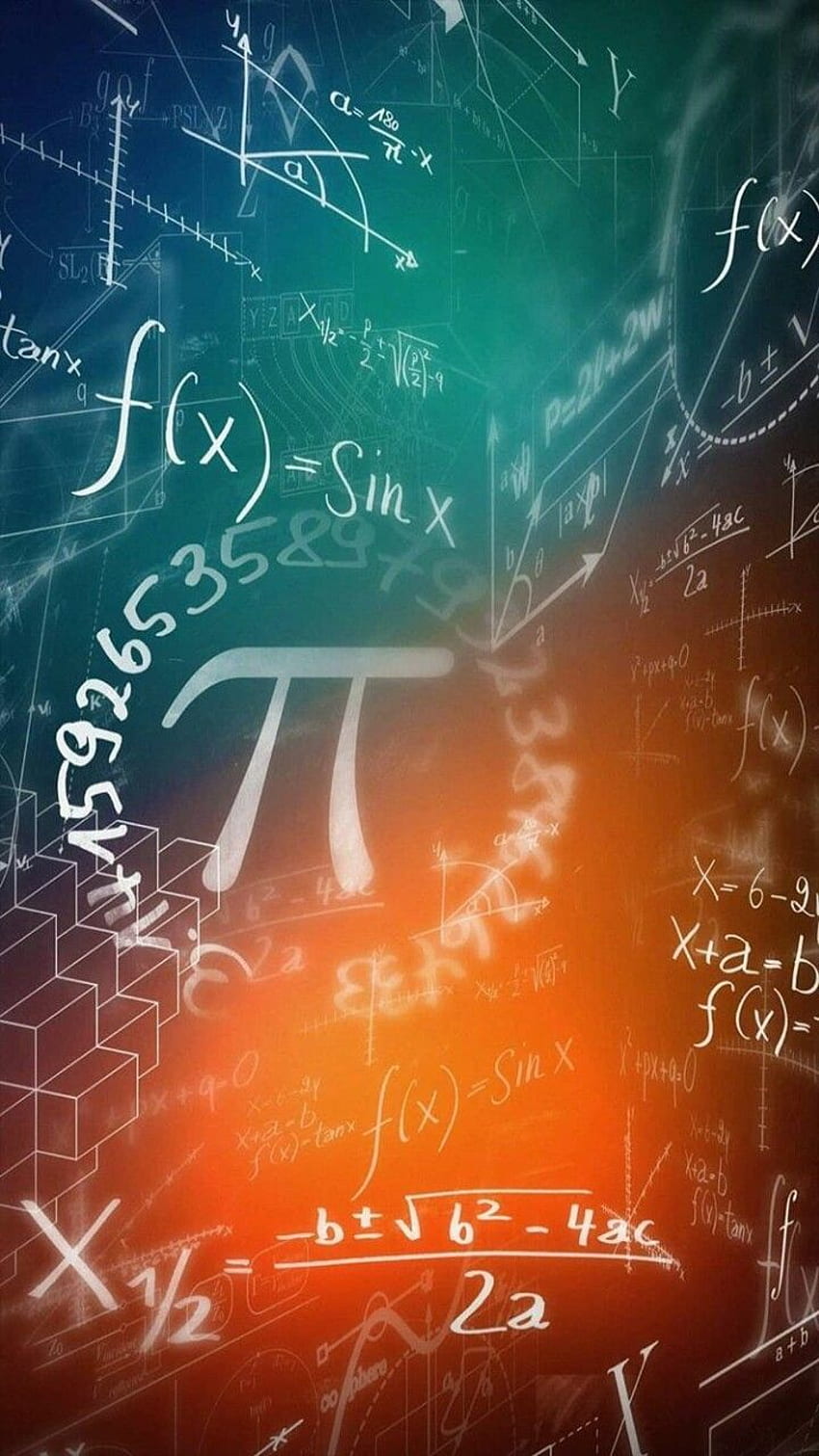
- Teacher: Mrs. JIJINA K Mathematics
- Teacher: Ms. ASWATHI K Mathematics
5B09 MAT VECTOR CALCULUS
Course Outcomes:
CO1: Understand lines and planes in space
CO2: Understand curves in space, their tangents, normal, curvature, tangential and normal curvature of acceleration
CO3: Understand directional derivatives and gradient vectors, tangent planes and differentials. Solve extreme value problems using Lagrange multipliers
CO4: Understand partial derivatives with constrained variables and Taylor’s formula for two variables
CO5: Understand line integrals. Solve for work, circulation and flux using line integrals
CO6: Understand path independence conservative fields and potential functions
CO7: Understand Green’s theorem and solve problems using Green’s theorem
CO8: Understand surface area and surface integrals
CO9: Understand Stoke’s theorem and solve problems using Stoke’s theorem
CO10: Understand Divergence theorem and solve problems using
Divergence theorem
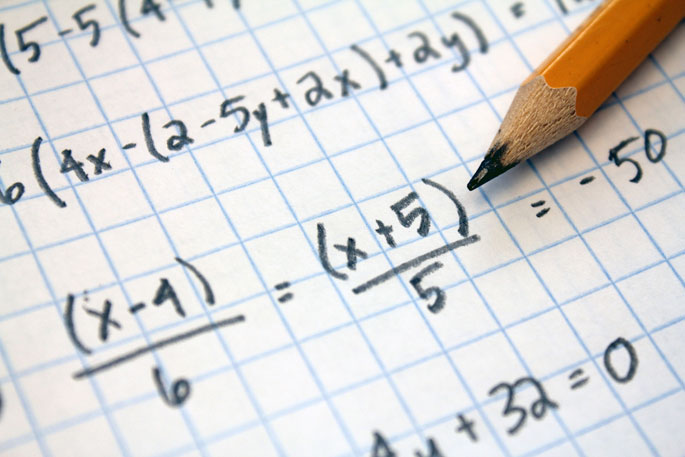
- Teacher: Mr. SURESH E V Mathematics
- Teacher: Ms. ASWATHI K Mathematics